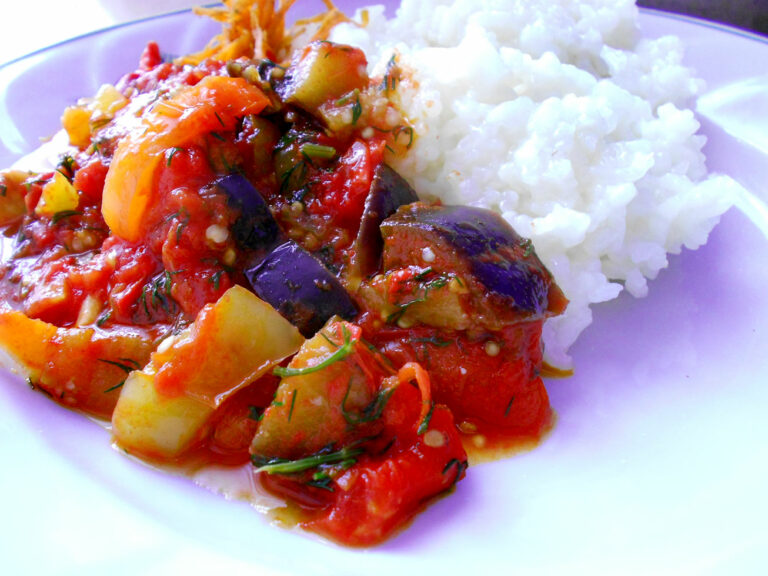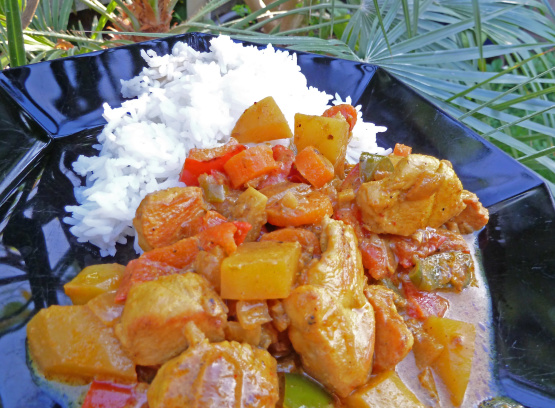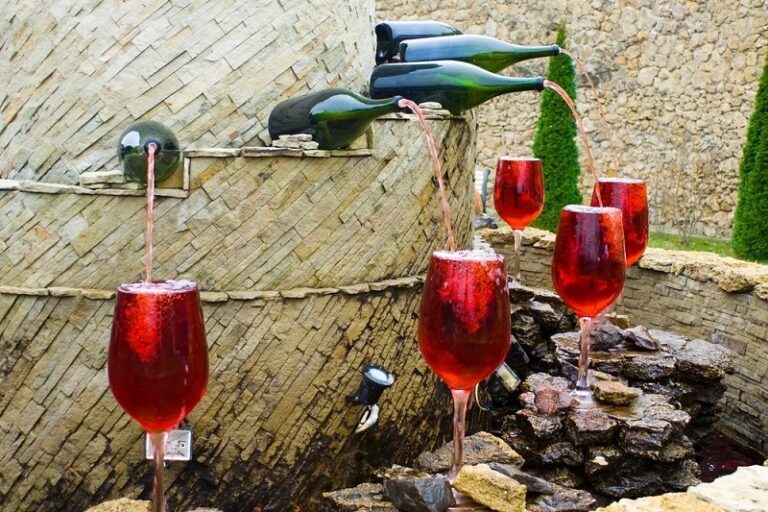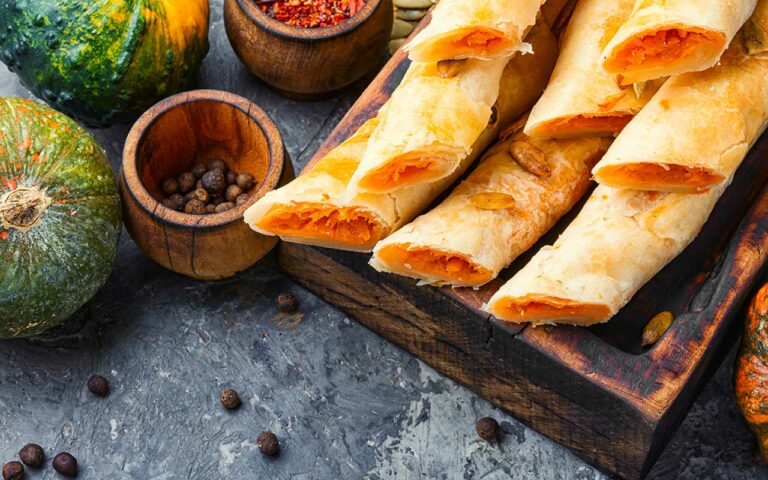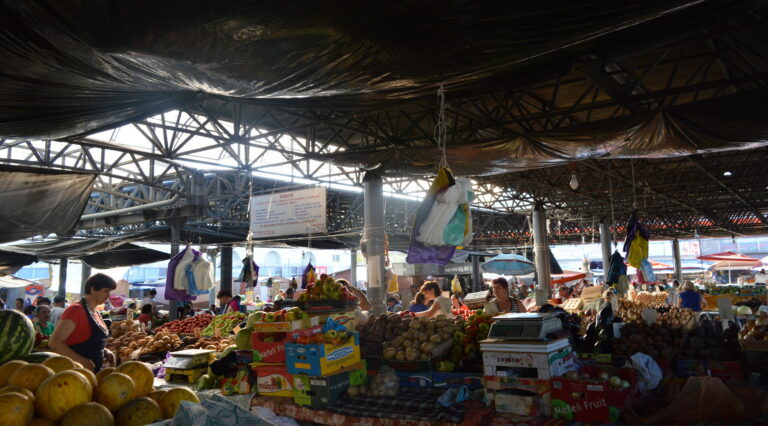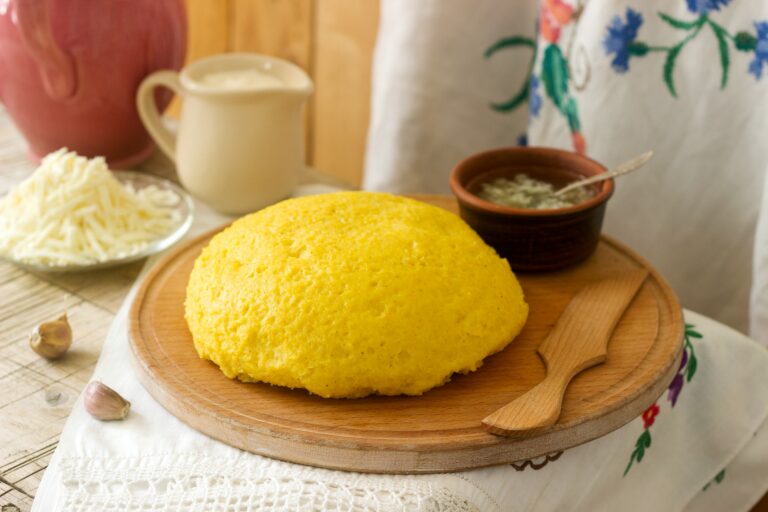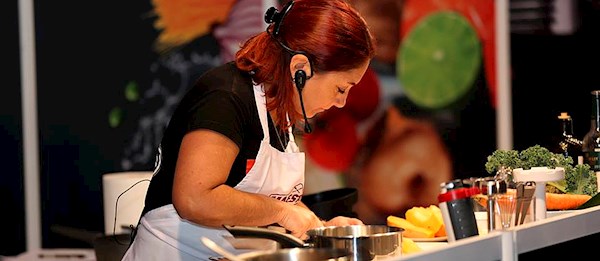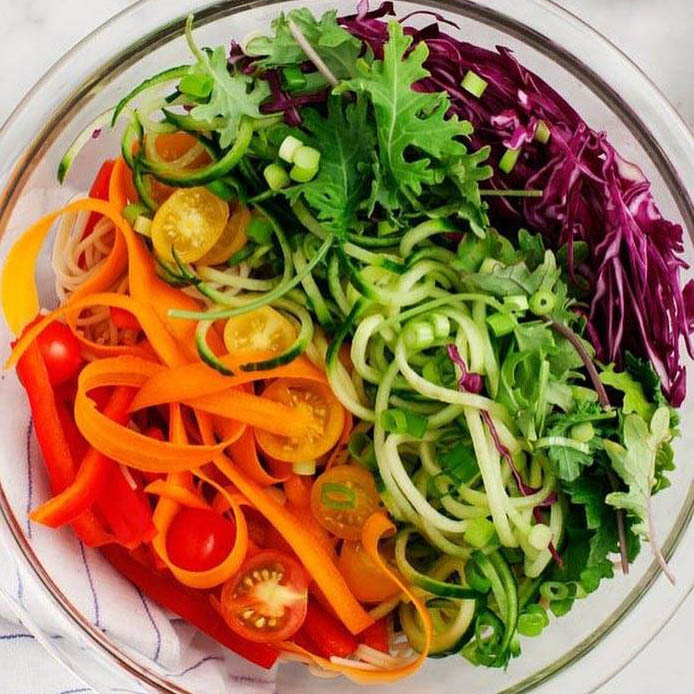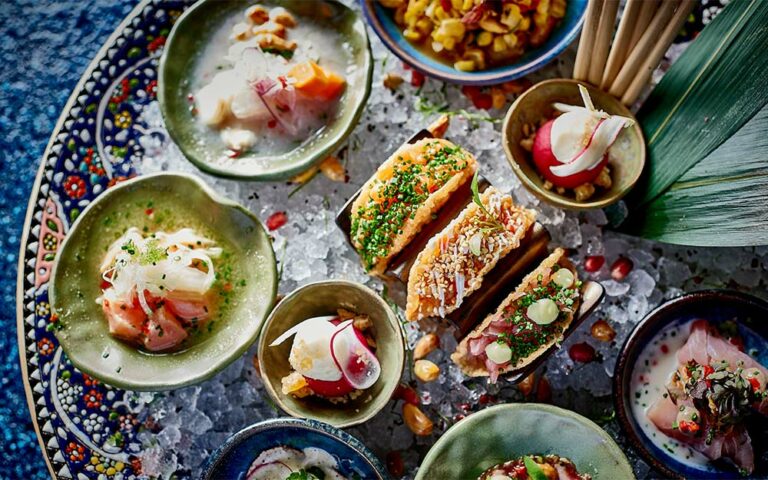Introduction: Moldovan cuisine and its traditional meat-based dishes
Moldovan cuisine is heavily influenced by the country’s history and geography. The country’s agricultural practices and proximity to neighboring countries have resulted in a rich and diverse cuisine. Traditional Moldovan dishes are often meat-based and include various types of stews, sausages, smoked meats, and soups. However, there are also several vegetarian and vegan options available in Moldovan cuisine.
Vegetarian and Vegan Options in Moldovan Cuisine
Although Moldovan cuisine is known for its meat-based dishes, there are several vegetarian and vegan options available that offer a delicious and healthy alternative. Moldovan cuisine emphasizes the use of fresh and seasonal vegetables, and these are often incorporated into the traditional meat dishes. Vegetarian and vegan options in Moldovan cuisine are not only healthy but also environmentally sustainable.
Vegetable-based soups and stews in Moldovan cuisine
Soups and stews are an integral part of Moldovan cuisine and are often made with meat. However, there are also several veggie-based soups such as borscht, a beet soup, and zeama, a sour soup made with vegetables and herbs. These soups are often served with sour cream or yogurt, but for a vegan twist, coconut or cashew cream can be used as a substitute.
Moldovan salads: a blend of fresh vegetables and herbs
Moldovan salads are a refreshing mix of fresh vegetables and herbs, making them a healthy and delicious option for vegetarians and vegans. Salads such as salata de vinete, a roasted eggplant dish, and salata de ciuperci, a mushroom salad, are popular choices. A variety of dressings are used in Moldovan salads, but the traditional dressing is made with sunflower oil, vinegar, and salt.
Moldovan vegetable dishes: a range of meat-free options
Vegetable dishes in Moldovan cuisine are often served as side dishes to meat-based meals, but they also make a great main course for vegetarians and vegans. Dishes such as placinta cu cartofi (potato-filled pastry) and placinta cu dovleac (pumpkin-filled pastry) are a popular option. Moldovan cuisine also uses a lot of beans and lentils in their dishes, which are a great source of protein for vegetarians and vegans.
Veganizing traditional Moldovan dishes: tips and suggestions
For those who want to enjoy traditional Moldovan dishes without the meat, there are several ways to veganize them. Using vegetable broth instead of meat broth, using tofu or tempeh instead of meat, and replacing sour cream or yogurt with a vegan alternative are all great options. Traditional dishes such as sarmale (stuffed cabbage rolls) can also be made with a variety of fillings, including lentils, rice, and vegetables.

